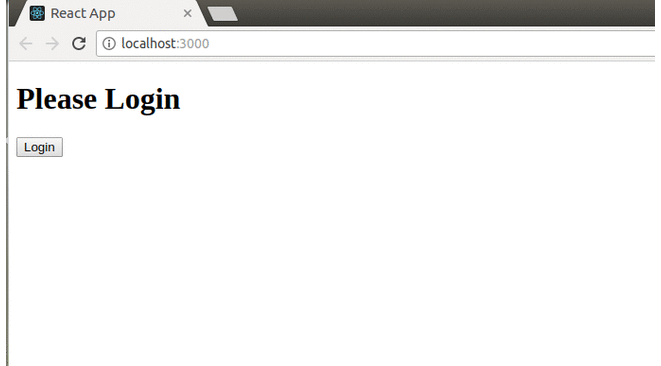
The Ternary operator is a great way to do some conditional rendering with React!. it is a simplified conditional operator like if / else.
condition ? expr_if_true : expr_if_false
{
condition ? ("condition is true") : ("condition is false")
}
When the condition is true, it returns “condition is true” otherwise it returns “condition is false“.
import React from'react';import ReactDOM from'react-dom';// Message ComponentfunctionMessage(props){if(props.isLoggedIn)return<h1>Welcome User</h1>;elsereturn<h1>Please Login</h1>;}// Login ComponentfunctionLogin(props){return(<button onClick = {props.clickFunc}>Login</button>);}// Logout ComponentfunctionLogout(props){return(<button onClick = {props.clickFunc}>Logout</button>);}// Parent Homepage Componentclass Homepage extends React.Component{constructor(props){super(props);this.state = {isLoggedIn :false};this.ifLoginClicked =this.ifLoginClicked.bind(this);this.ifLogoutClicked =this.ifLogoutClicked.bind(this);}ifLoginClicked(){this.setState({isLoggedIn :true});}ifLogoutClicked(){this.setState({isLoggedIn :false});}render(){return(<div><Message isLoggedIn = {this.state.isLoggedIn}/>{(this.state.isLoggedIn)?(<Logout clickFunc = {this.ifLogoutClicked} />) : (<Login clickFunc = {this.ifLoginClicked} />)}</div>);}}ReactDOM.render(<Homepage />,document.getElementById('root'));

In the above output, you can see that on clicking the Login button the message and button get’s changed and vice versa.